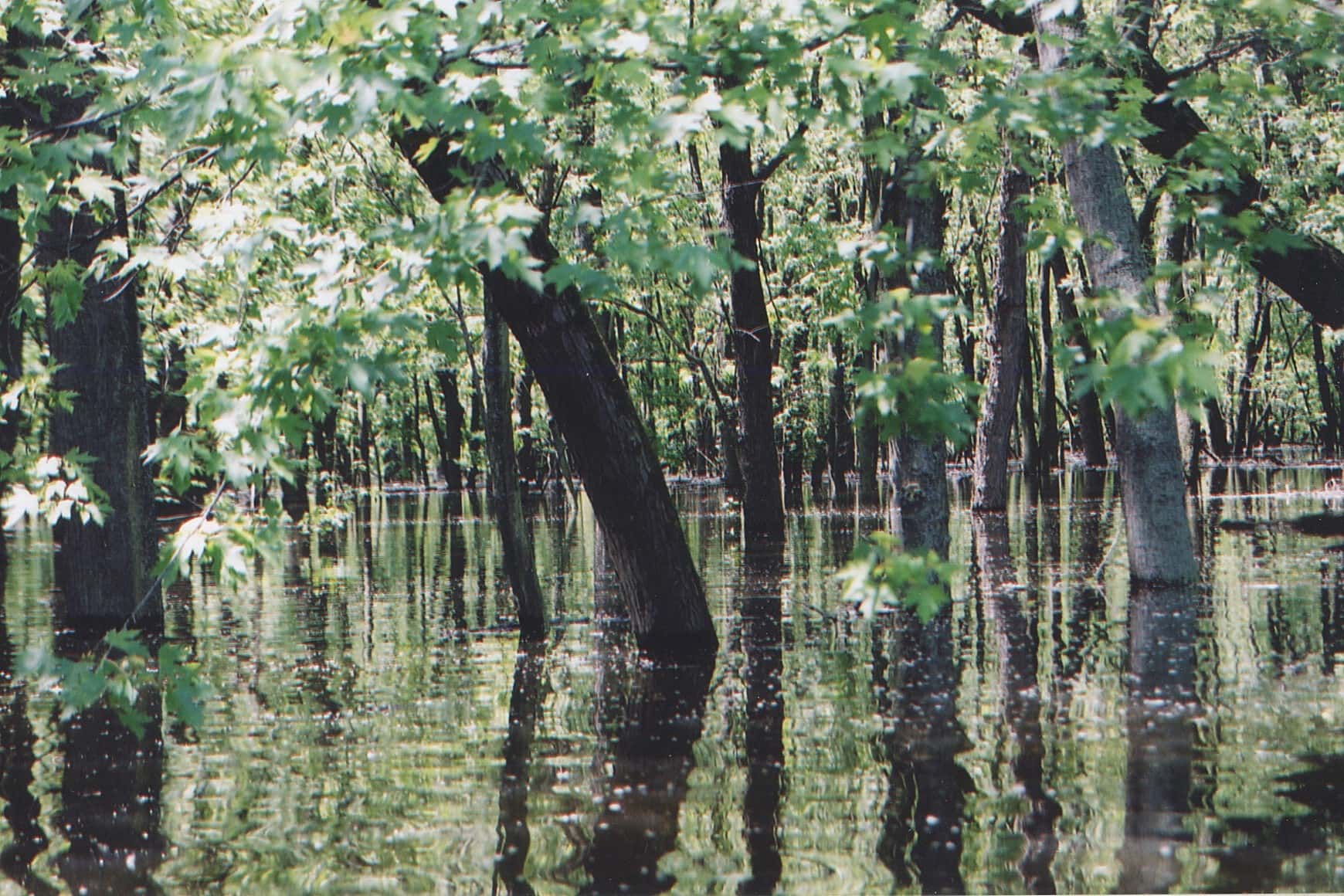Silence

I recently read a book entitled “Silence: A Social History of One of the Least Understood Elements of Our Lives” by Jane Brox.
And I thought that it would be about nature because, for me, nature and silence go together. However, the first chapter “Philadelphia’s Eastern Penitentiary, 1829: Experiment in Silence” surprised me. For I suppose that in this case silence was used as a punishment.
I never thought of silence as something that would hurt me. The forest for me was always both comforting and serene.
As a youth I was a severe stutterer. The forest was both welcoming and forgiving. It was not always trying to correct my speech or my collection of words. It was a safe place to be quiet, to not have to speak. We understood each other as partners.
In later years I was invited to take part in a Vision Quest as part of a Native American Indian ritual. The Vision Quest required me to spend three nights on a mountain top (the Catskill Mountains).
The result was a sore back but a new appreciation of the quietness and beauty that surrounded me. When I look back on this experience I smile with pleasure. I marvel that I was not frightened to be alone on that mountain. I felt like I was on a vacation, alone, and away from all human contact, not having to speak.
After reading Brox’s book, I wondered how I would endure solitary confinement. It was often a thought I had. Would my comfort of being alone help me in such a situation?
It was a good lesson that I learned and that I remember clearly—not ever being afraid of silence.

Each month, new descriptions of the wonders of nature will be posted on this page. You are invited to share your “wonder” – a description of a unique and personal account (1-page) you’ve experienced in nature. Submit to dckielson@gmail.com.
Daniel Kielson, Ed.D.
BYNC, President
